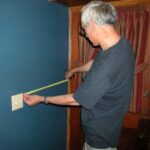Whether you want to add an original touch to your garden or accessorize your home’s entry hall, wandering around a stone yard may give you just the inspiration—and materials—you need. Stone slabs or pieces, combined with other materials, can add style, character, visual interest, and functionality to your home and garden.
Though every slab of stone may not qualify as a piece of natural art, stone yards are filled with beautiful, original pieces formed over millions of years, just waiting to be discovered. Each is unique in texture, color, pattern, and form.
Some become sculptural as centuries of erosion expose edges and interesting layers beneath.
Others take on colors and patterns resembling beautiful markings you might discover on the walls deep inside an ancient cave. Every find is a treasure.
Types of Stone
The stone yards in each geographical region of the United States tend to primarily carry stone native to that region, each piece displaying unique characteristics formed by the region’s geological history —hewn by earthquakes, rivers and ancient seas, and colored by mineral and iron deposits.
For example, as you meander around La Canada Rustic Stone in Southern California, you’re likely to see stacks of orange Arizona flagstone, shimmering gray Idaho quartzite, or darker brown Oklahoma petrified seashore sandstone. You may also come across bins of interesting obelisk-shaped ledge stone or smooth gray river rock.
At the Rock Yard in Georgia, on the other hand, you might find Tennessee Crab Orchard flagstone, a hard rose-toned sandstone with a high silica, magnesium, and iron content. Or you might discover very flat Pennsylvania Bluestone made of layers of sedimentary rock. (The term bluestone in Britain is used to describe a different, igneous rock formed by lava, split by frost action, and used at Stonehenge.) Or, you may be drawn to Oklahoma Stone, a uniformly flat variety in blue and brown shades.
As you head out on your stone yard expedition, you won’t know what you’re going to find—or what you might want to create with what you find—until you get there. The inspiration will come when you explore the stacks and bins of these natural beauties.
Bases for Tables
If making a stone table is your dream, it may be of interest to know that stone yards and building supply outlets often carry mortar stands, the perfect support for a heavy stone tabletop. These stands are built of pipe and adjust to various widths, allowing them to accommodate irregularities in a stone’s dimensions. A single stand can support a stone top the size of a small side table. You’ll need two stands side-by-side to support a larger piece of stone. The stands cost about $40.
Mortar stands come painted and a bit scratched up. (Their intended use is purely functional as plasterers’ stands on construction sites.) You can paint them to match your room’s décor, or strip the paint to reveal a soft steel finish. Or, if you want a rusted, weathered look, you can apply an oxidizing agent, such as Instant Rust by Modern Options, over the raw steel. As the product’s name implies, this will give them an almost instant coating of rust.
Stone Prices
Stone is usually priced per pound, not per piece. Most slabs sell for about 20 to 45 cents a pound. River rock boulders sell for about 12 cents a pound.
Depending upon your purchase, you may need a truck and a helper or two with work gloves to transport it home. Delivery is also an option.
Stone is vey difficult to cut or to drill. So, when choosing a piece, remember that what you see is pretty much what you get. The idea is to buy pieces that won’t require tooling, making these stone furnishings and accessories as simple as they are beautiful.
Artist and writer Bobbi Vandervort brings creative inspiration and personality to home furnishings and design in Southern California.



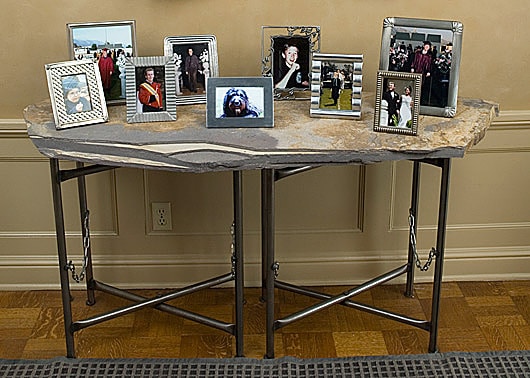
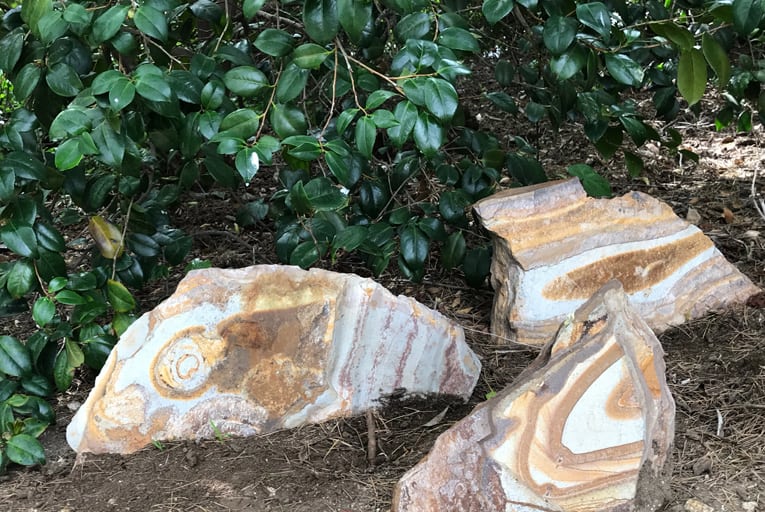
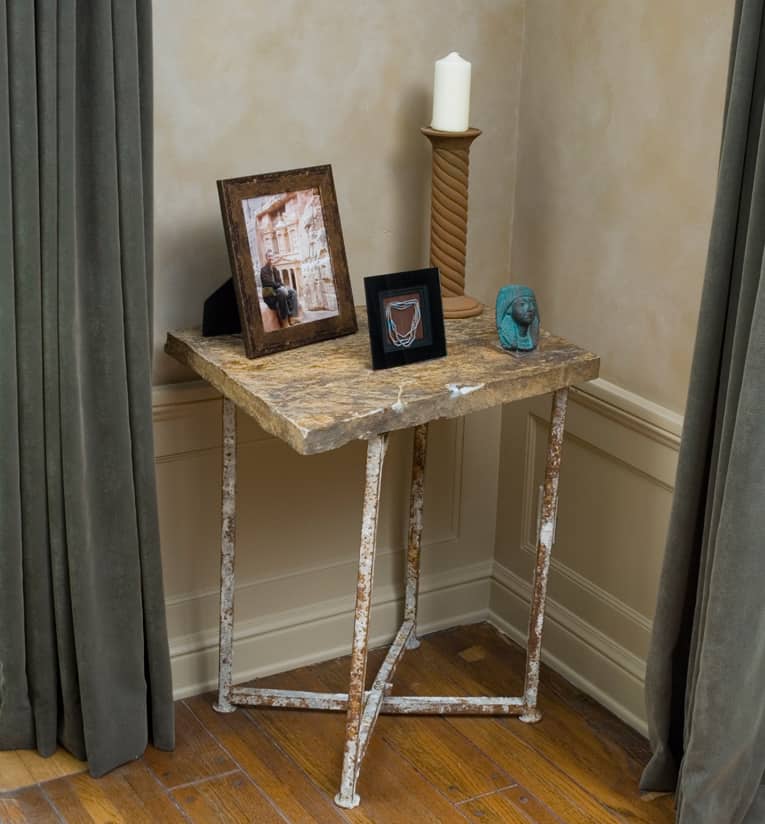
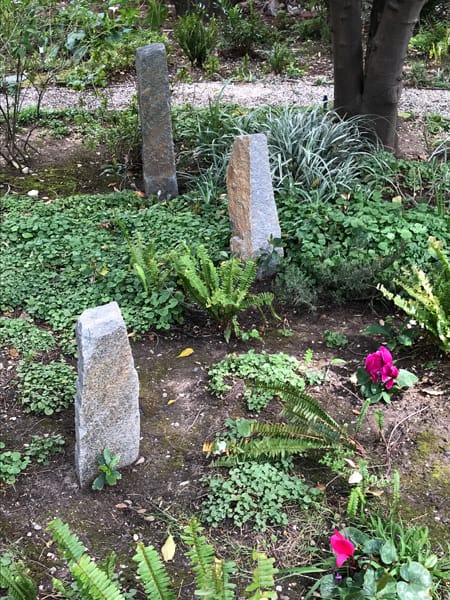
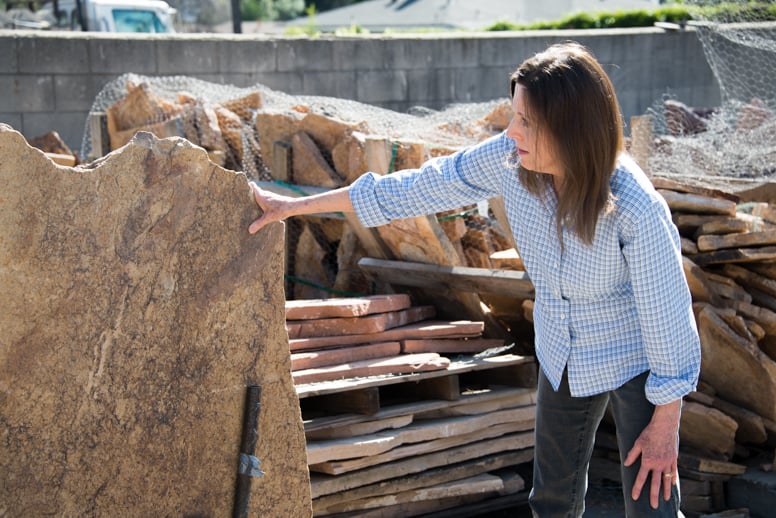
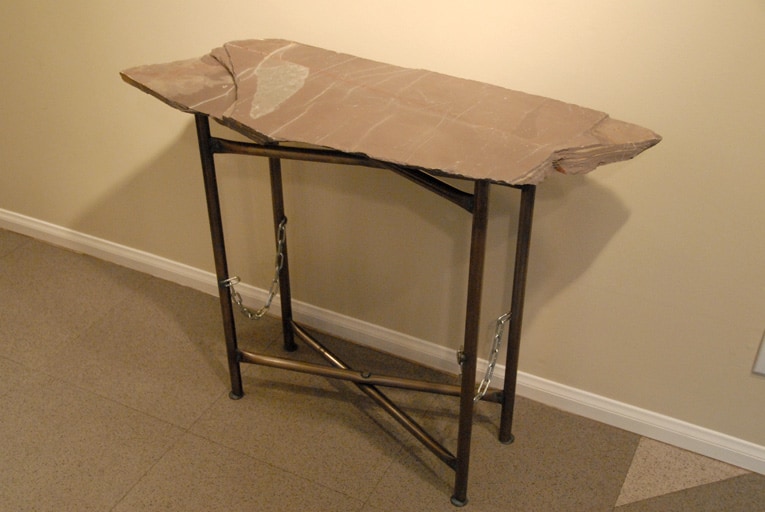
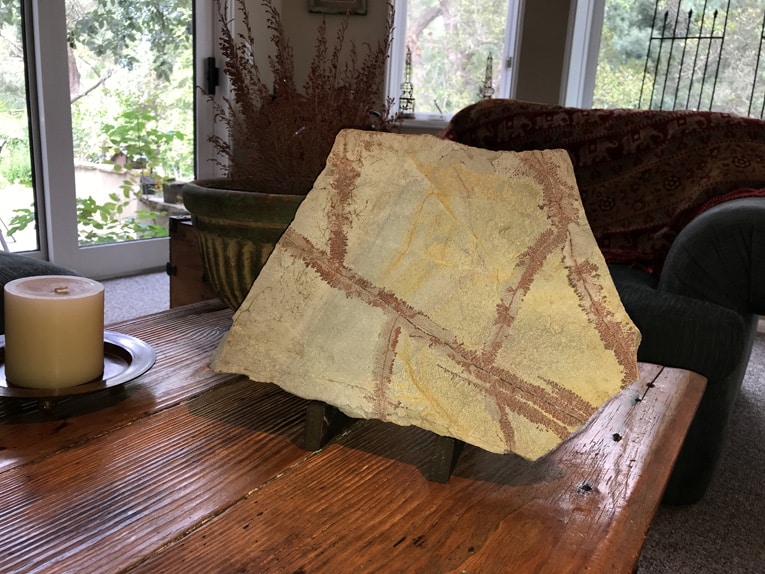
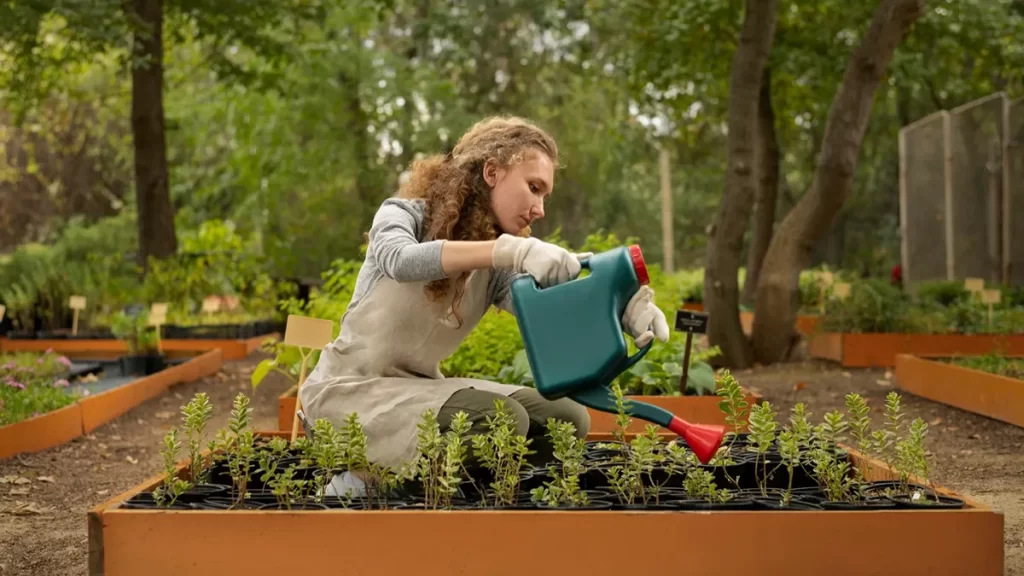
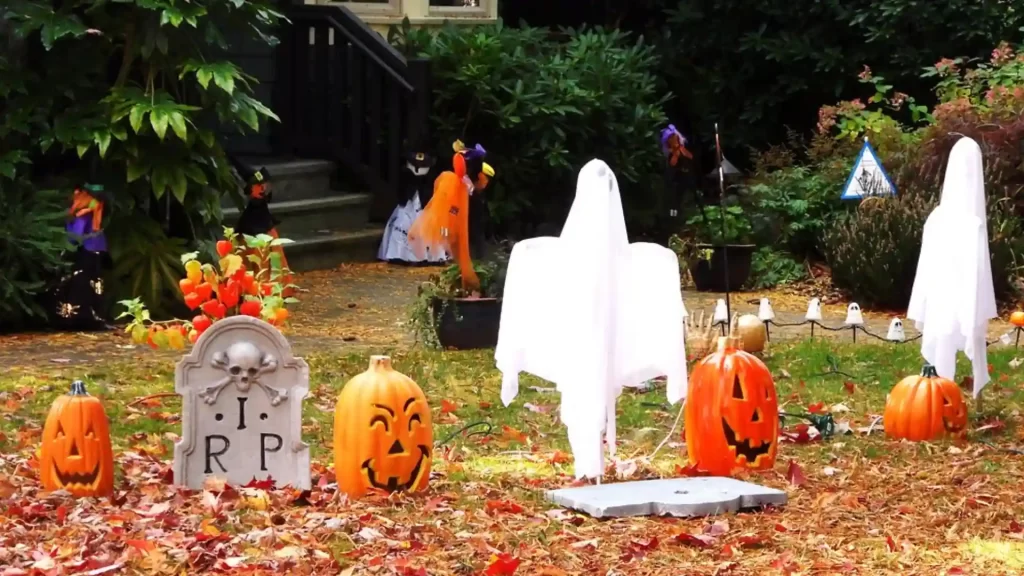
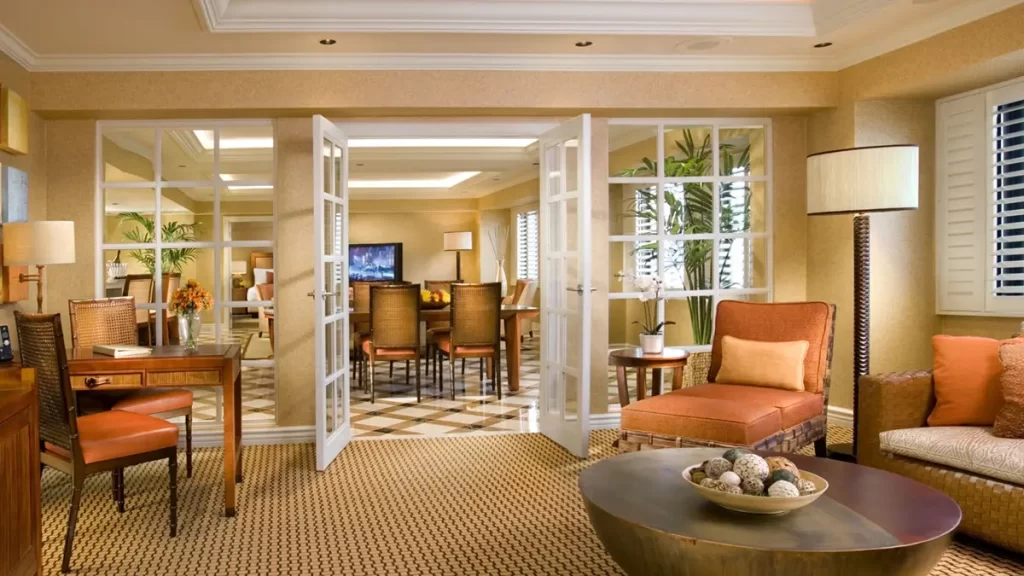
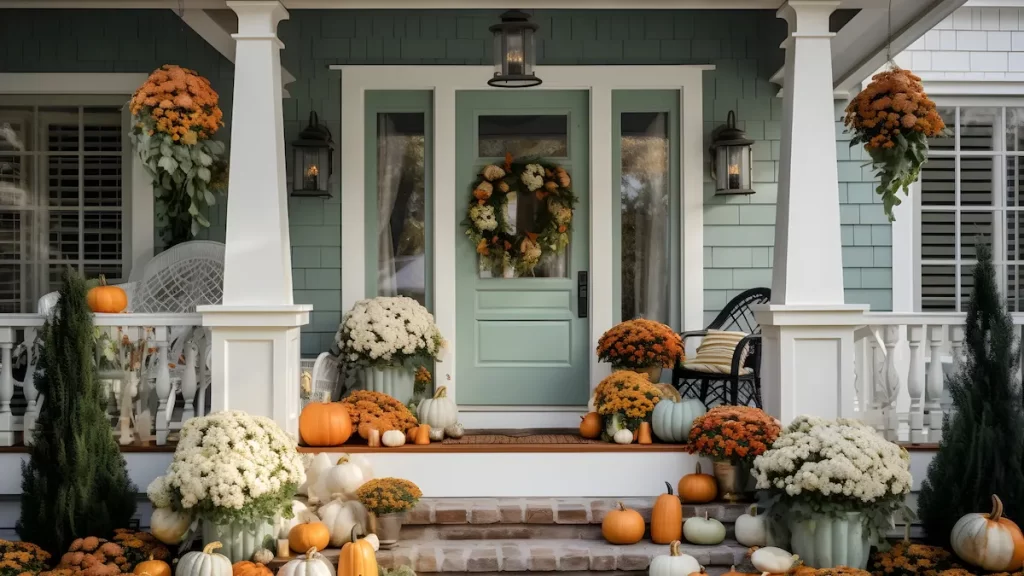
 Don Vandervort writes or edits every article at HomeTips. Don has:
Don Vandervort writes or edits every article at HomeTips. Don has:


